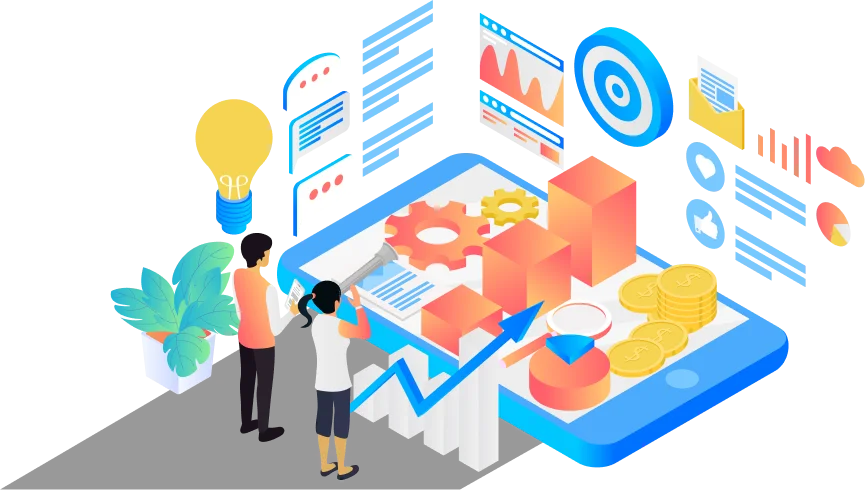In today’s business world where data is more important than ever, using the best cloud integration strategies is simply non-negotiable. Here’s how it works out.
Connected devices help organizations to gather and share data with anyone globally. Cloud solutions allow companies to view data as it updates and share it in real-time. This is an advantage to businesses because they easily track performance. Real-time data allows users to make decisions fast and identify problems early.
Cloud tools are more cost-effective, enabling organizations to save money. They contain stronger security features, which promote cybersecurity. These solutions simplify IoT device management. Integrating them into connected devices offers real-time insights, best performance and instant communication.

Setting up cloud-based solutions for real-time device monitoring
IoT platforms allow organizations to set up cloud-based device management. For example, supply chain companies can connect ships and trucks to a cloud platform. This connection allows them to send and receive data on a shared platform. They use the information for logistics and monitoring the current device condition.
IoT cloud platforms improve efficiency, employee and customer satisfaction. A company’s cloud integration strategies must include cybersecurity needs. One of the ways to improve online security is to confirm the device serial number. When using an AirPod, do an AirPod serial number check to confirm whether the device is original. Fake devices cause many security risks to the company’s business systems. Apple implemented the serial number check to fight against fake devices. Authentic tools can be trusted and users feel confident about their online security.
Setting up cloud-based solutions helps managers gain insights in a timely manner. Managers can tell device health, battery life and speed in real-time. Platforms like Azure, Google and AWS create unique codes for each device. Coded devices easily communicate by sending and receiving data from each other. Fleet managers use this data to know driver behavior, fuel consumption and vehicle location.
Cloud integration strategies for generating smart ideas
Organizations cannot rush to integrate cloud based machine learning solutions without a plan. Planning makes sure the integration succeeds and allows space for scaling. Cloud integration strategies for generating smart ideas differ in different sectors. Businesses may take the following approaches:
- Connect devices to a centralized dashboard – Real-time device monitoring is easier when data is viewed from a centralized dashboard.
- Know the cloud platform required – The market offers many cloud integration solutions. Know the features you need and the security needs for your business. Make sure it’s friendly to your budget.
- Choose automation – Manual cloud-based device management is tough and may lead to errors. Automation allows users to set rules for sharing alerts, monitoring devices, etc.
- Create data pipelines – Create communication methods allowing devices to send and receive data from the cloud.

How real-time device monitoring leads to faster detection and response
Legacy systems fail to analyze data in real-time because they store it locally. Cloud-based machine learning systems provide greater data visibility. Managers view updates on dashboards as they happen. This connection enables companies to identify problems as they occur.
In a factory, a machine may overheat, develop a slow speed or break down in any other way due to some unexpected reason. Cloud data storage enables the system to send alerts for different incidents. They alert for motor failures, oil changes, device malfunctioning, etc. This allows companies to prepare for scheduled maintenance, ensuring production does not stop.
Real-time device monitoring reduces downtime, allowing problems to be corrected before causing shutdowns. It helps maintenance teams to identify problems remotely and correct them without visiting the premises. Such benefits were not possible in traditional, unconnected systems.
Using data for predictive and practical insights
Data is one of the greatest values that cloud-connected devices offer. Cloud based machine learning solutions collect and analyze data. It displays results in patterns that people can understand. This information helps organizations improve services, products and satisfaction.
For example, healthcare providers can connect their devices with patient devices. This allows them to monitor patients’ responses to treatment and adjust if necessary. Smart buildings can also use IoT cloud platforms for data and monitoring. This technology helps them adjust lighting, HVAC and optimize energy use. Cloud-based device management helps them make data-based decisions.
Scaling the role of cloud and IoT for a brighter future
Digital transformation is ongoing in all business sectors. Cloud and IoT integration is more real than ever. AI and 5G networks are changing systems into smarter business investments. For example, smart devices improve agriculture through accurate weather predictions. They predict crop or animal failures due to diseases.
These systems automate irrigation and devices shut down when required. Organizations that invest in cloud based machine learning and device monitoring have an advantage. They stay ahead and are prepared for new future trends. These businesses reduce operational costs, improve efficiency and services in readiness for
Conclusion
The technology space has changed and cloud-based device management is necessary in every business. IoT cloud platforms help organizations monitor devices remotely and gather data. Companies require effective cloud integration strategies and AI tools for smart operations. They require centralized data centers for quick analysis and understanding patterns. These help them optimize operations and make smart decisions for scaling and growth.

















